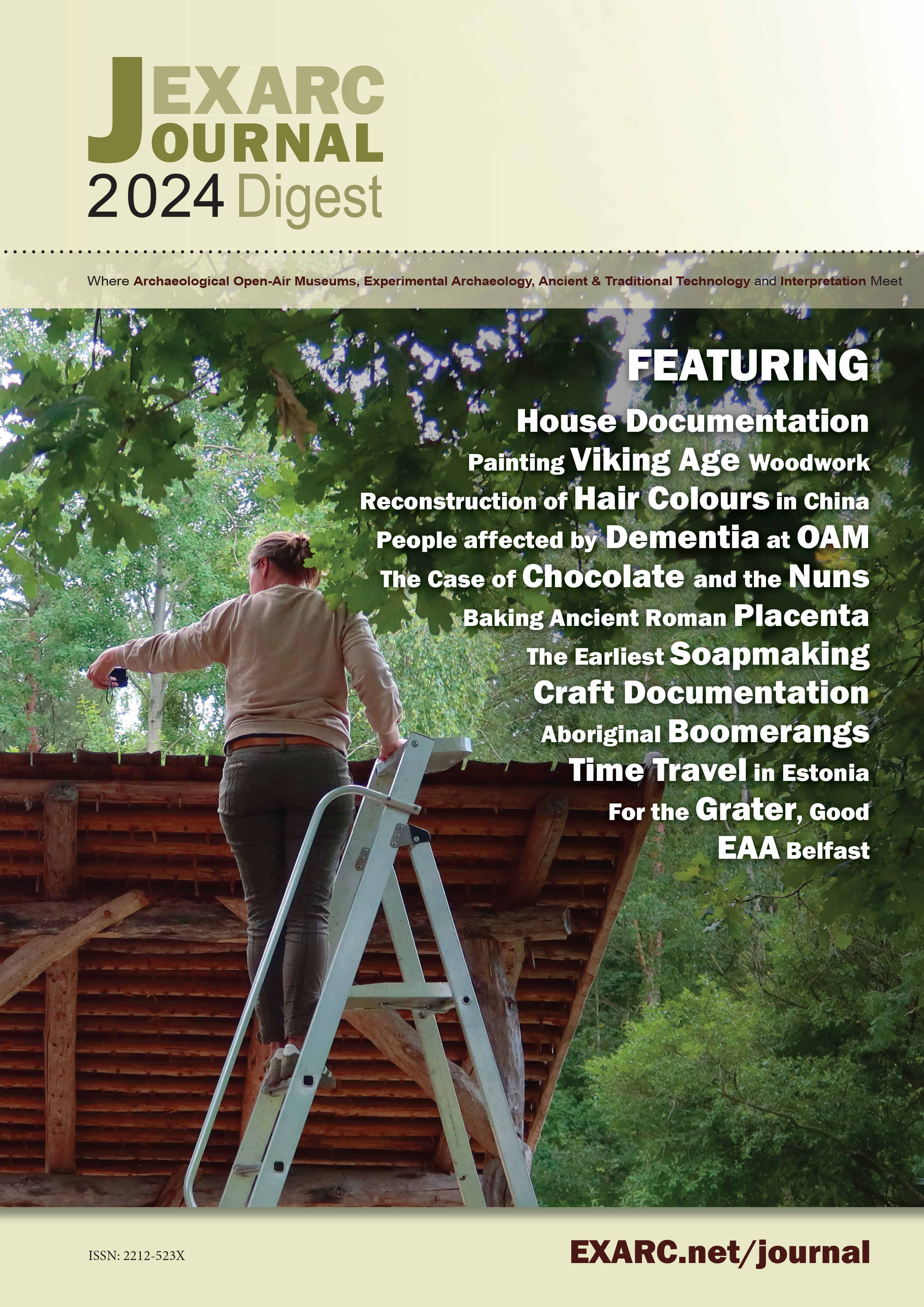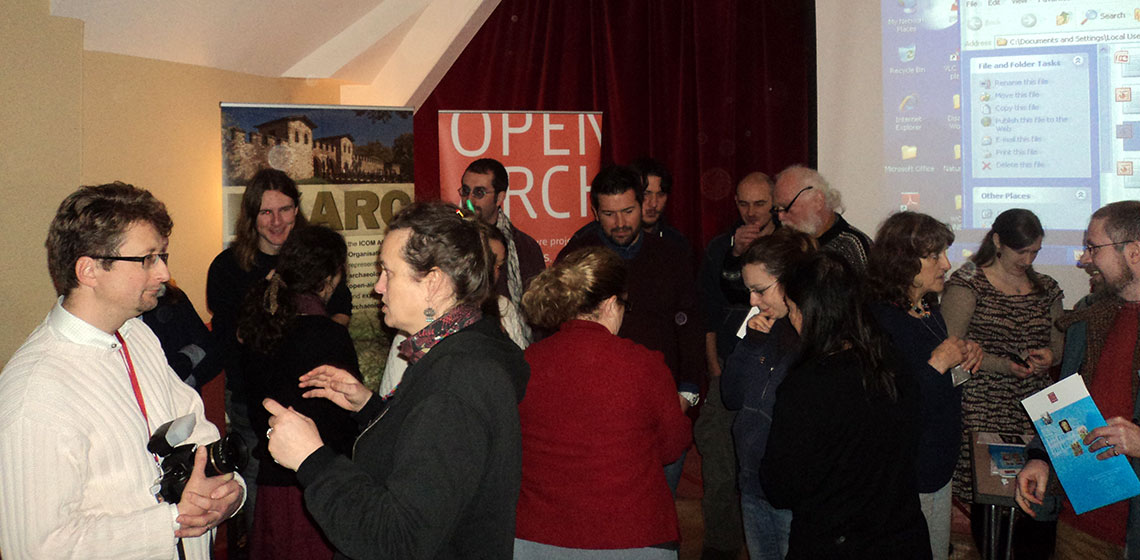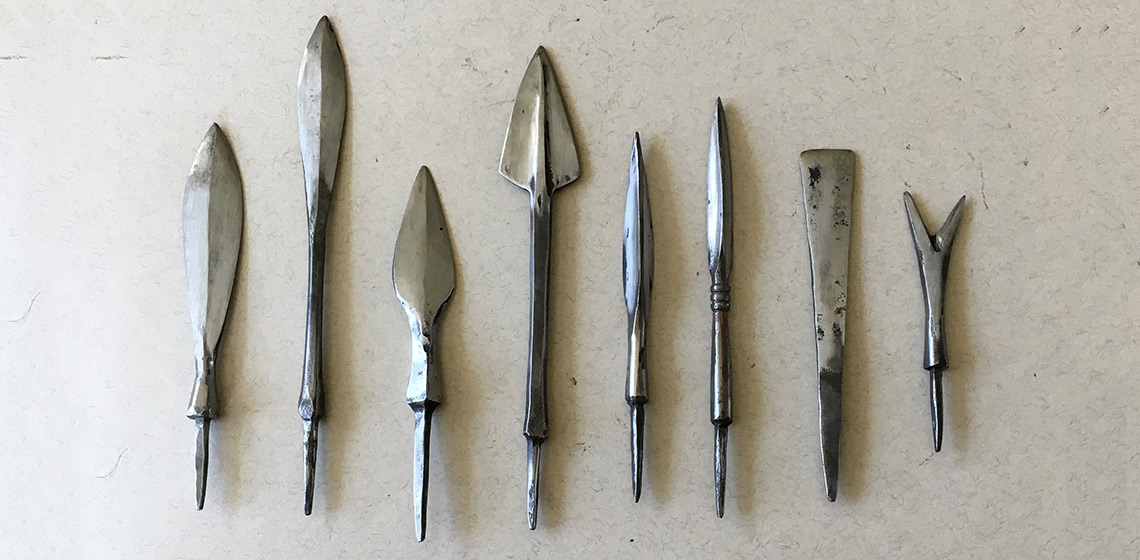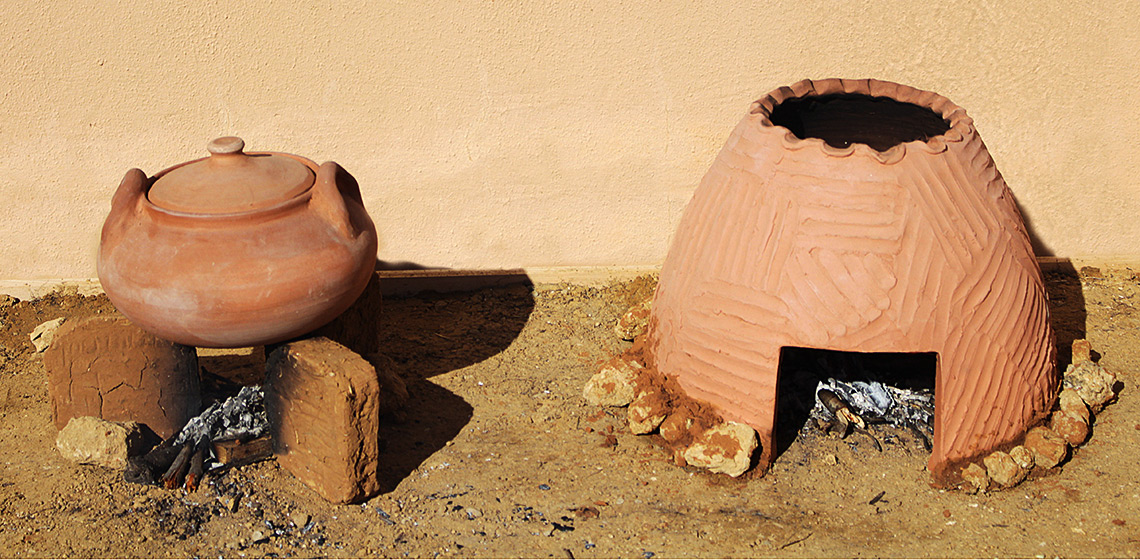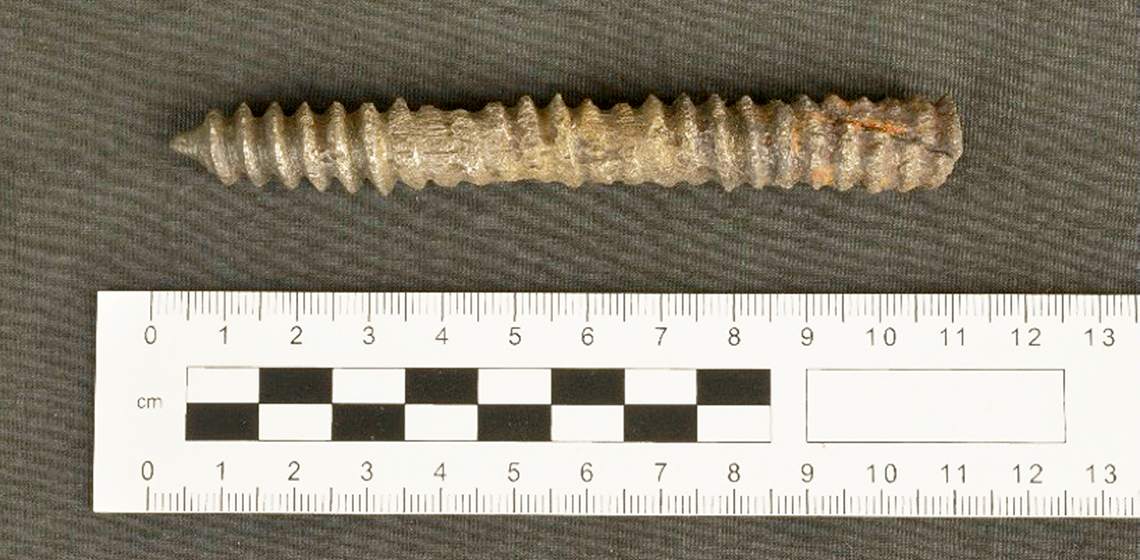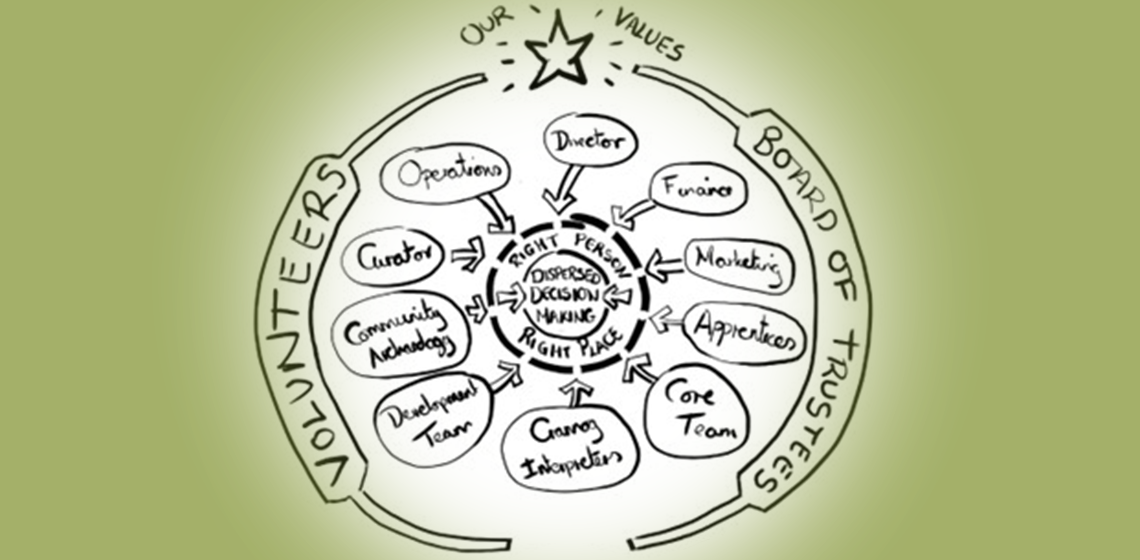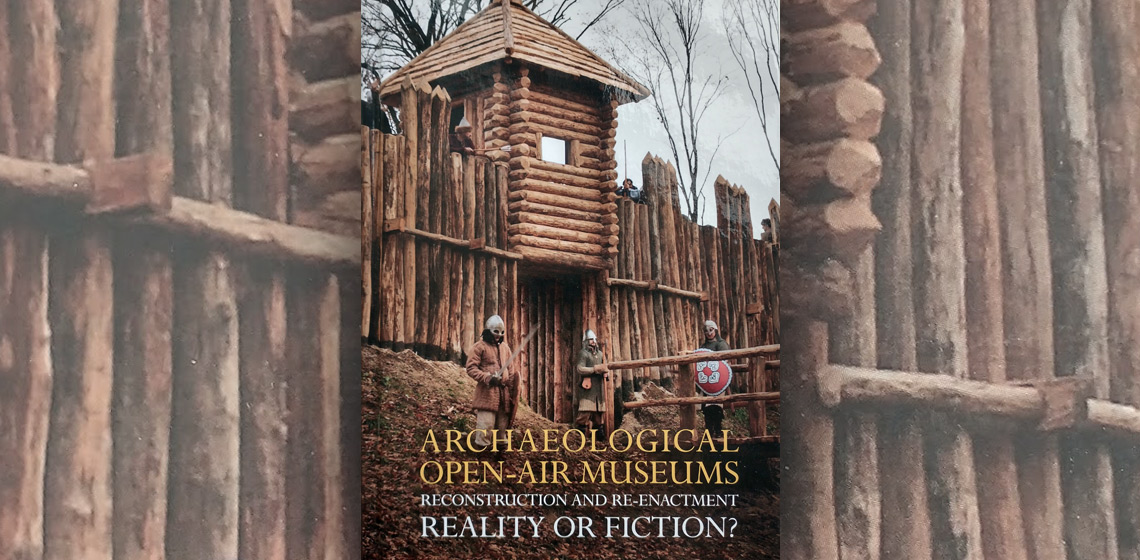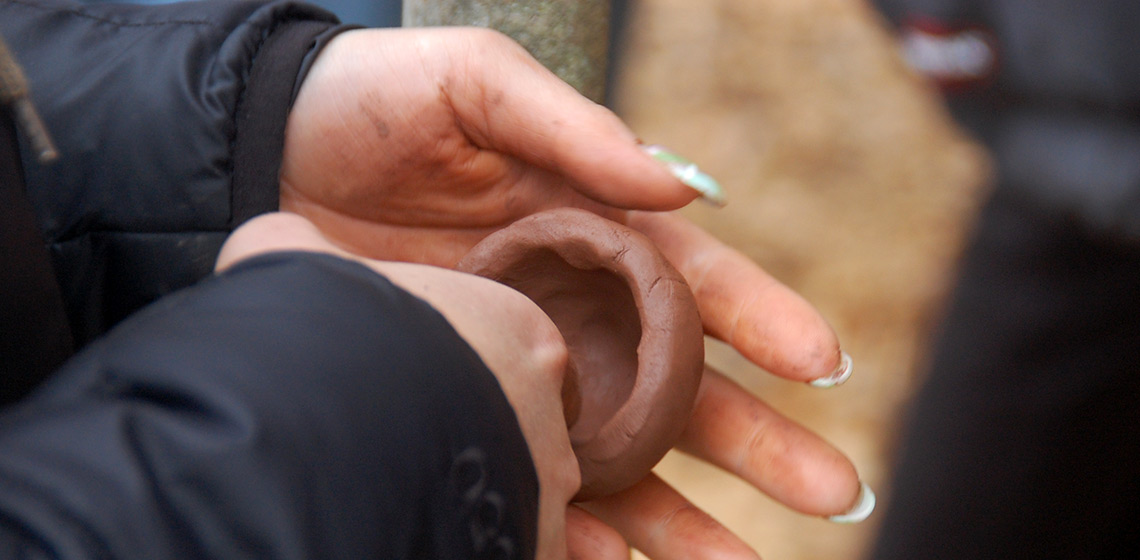EXARC Journal - Latest Articles
Reconstruction of ‘Lattara type’ Housing in a French Archaeosite in Southern France
Introduction
The archaeological material for this period is scarce locally and does not give enough data for reconstruction. Thus, the decision was made to experiment on building techniques of the various types of habitats encountered in archaeological excavations throughout the south-eastern quarter of France in the regions near Ardèche such as Gard and Herault. The building material was chosen to fit the local climate and resources, and to provide reconstructions that would be compatible with the archaeological context of southern Ardèche.
An Experimental Approach to Tannur Ovens and Bread Making in the southwest of the Iberian Peninsula during the Iron Age
The Production of Roman Metal Screw Threads
Metal Screw Threads In Antiquity
During the Roman period, small metal screw threads were used both as fastenings and to impart motion (Burstall, 1970, p.77; Singer, et al., 1972, pp.631–632). Screw threads as fastenings can be seen in some jewellery and screw threads to impart motion can be seen in olive presses. These screw threads could have either a square or V-shaped profile.

 The EXARC Journal (since 2004) is the leading Journal for those involved in
The EXARC Journal (since 2004) is the leading Journal for those involved in 
